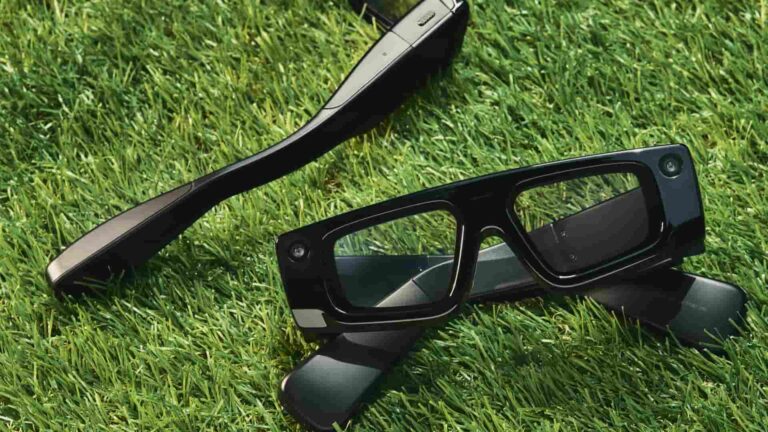
The last few months have seen an inflection in activity in AR glasses. It started with Snap Spectacles’ fifth generation in September (see our review here), followed one week later by the much-lauded Meta Orion (see our analysis here). Both define the vanguard of AR glasses.
Neither is available to the public but they signal aspirational investments – to the tune of tens of billions – and a snapshot of the extent of AR’s capabilities today. There are still immense challenges in achieving both UX richness and wearability, but there’s clear progress being made.
To break down these two industry milestones and how they relate to the broader orbiting events and realities in the XR world, a heavy hitter roundtable of technically proficient XR thought leaders recently got together, moderated by our friend and AR Show host Jason McDowall.
Rounding out the panel was KGonTech’s Karl Guttag, Tilt Five’s Jerri Elsworth, Pulsar’s David Boneli, and Brad Lynch of SadlyItsBradely fame. The discussion was so rich that they had to break it into three parts, the first of which we’re highlighting in our XR Talks series (video below).
Choose the Right Path
As for top takeaways, one theme was the several directions and design decisions in AR hardware. So to choose the right path, you first need to nail down goals. What are the glasses meant to be? What are the use cases? And who are the users? The answer can’t be “everybody.”
For example, when and where glasses are meant to be used (indoor, outdoor, utility, gaming, etc.) can guide key decisions around display brightness, field of view, etc.. And if it’s an entertainment use case, stay away from seethrough AR… the answer there is likely passthrough AR.
Meanwhile, most of these XR players are not only building hardware but their own vertically-integrated platforms and ecosystems. For example, Mark Zuckerberg is scarred from being beholden to iOS and Android throughout Facebook’s lifecycle… so he’s building the full XR stack.
The panel also tackles misconceptions such as the notion that AR glasses will replace your phone. It could be decades before that happens due to technical and practical shortcomings. For example, you can’t slip fragile glasses in your pocket like a phone… so you’ll end up carrying both.
But these high-level summary points just scratch the surface of the wide-reaching discussion. Check out the first installment in full below and stay tuned for more XR Talks.

